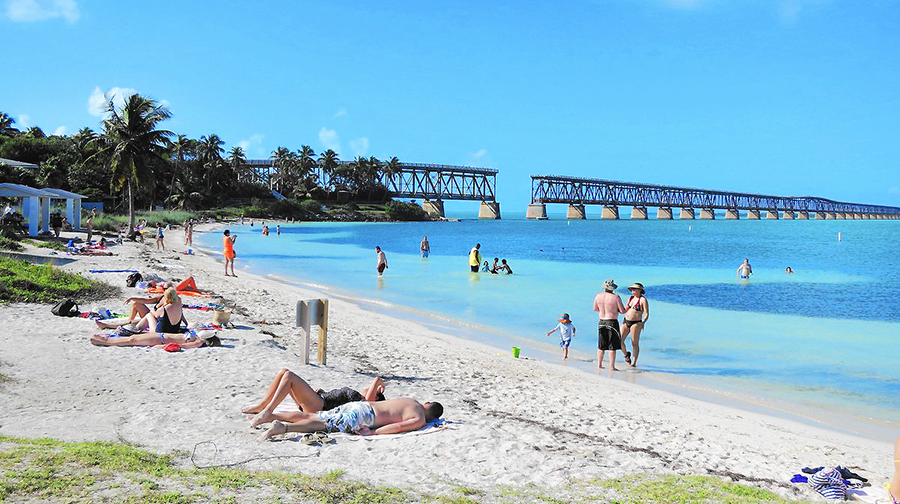Global tourism suffered due to COVID-19 but resort properties in Florida, Georgia and South Carolina flourished, setting all-time highs for winter occupancy as the season wrapped up on February 28, 2021. The results were released by DestiMetrics. The summary includes comparisons to the same time last year.
Results from participating properties for the winter season measured from September 2020 through February 2021 in the three Southeast U.S. states were impressive by comparison to others in the U.S. and abroad.
For the six-month season, occupancy was up 3.3 percent compared to the same period last year, boosted by gains of 36.8 percent in the month of September, which cemented a strong foundation for the start of the winter season. Occupancy during October and December was also up and helped buoy the winter season to its record level despite moderate declines in November, January and February.
For the winter season, the Average Daily Rate (ADR) surged an aggregated 23.2 percent compared to the previous winter to deliver a 27.2 percent increase in winter revenue. However, aggregated occupancy for the month of February lagged and was down 15.8 percent compared to last February, while the ADR was up 20.6 percent for the month compared to last February. Despite the notable drop in occupancy, rate strength helped carry the month’s revenues to a slight 1.5 percent gain for the month in the year-over-year comparison.
“The Southeast’s winter season has exceeded all expectations despite a devastating global pandemic, European travel restrictions, and the loss of many Canadian snowbirds due to the closed land border with Canada,” reported Tom Foley, senior vice president for Business Operations and Analytics for Inntopia. “In contrast to much of the U.S. and the globe, the Southeast has been widely open to travel for much of the past year while other destinations have been more cautious about inviting visitors. As a result, the region has had a unique opportunity to capture destination travelers eager to find a respite from the turbulence of 2020.”
Looking To Summer
Bookings made in February for arrivals within the month and through July are up 37.7 percent compared to last year at this time. Booking increases are reported in all upcoming months, with March showing the largest growth with a 58.2 percent increase, but February bookings for arrival in that same month were also up with a 54.4 percent increase in a year-over-year comparison. As of February 28, summer occupancy is up 1.2 percent compared to last year at this time, with increases in four of the six months. Aggregated daily rates are up 19.4 percent, with increases in all six summer months. The result is an increase in summer revenue of 20.9 percent.
Economic Indicators
The Dow Jones Industrial Average rose 3.17 percent in February to reach its highest monthly closing as
markets reacted positively to declines in COVID-19 cases, deaths and hospitalization and positive news about vaccine distribution and economic stimulus legislation. It is 21.7 percent higher than it was at the end of February 2020, a gain attributed somewhat to sharp market declines at the end of February last year. However, the Briefing also reiterated its message that since mid-summer 2020, over-sold markets continue to discount consumer and employment conditions and are creating some volatility. The Consumer Confidence Index crept up 2.2 percent during February but at 91.3 points, remains below its most recent high of 101.4 in October, and is lower than the 132.6 points from one year ago in February 2020. The National Unemployment Rate declined from 6.3 percent in January to 6.2 percent in February, aided by 379,000 new jobs that exceeded analysts’ expectations. The vast majority of those positions were in the leisure and hospitality industry as restrictions continued to ease in those sectors.
“In an unprecedented year of upheaval, the Southeast region has defied all odds and expectations this winter to post all-time seasonal highs in occupancy, daily rates and revenues,” said Foley. “This has been an incredibly successful season, but as more tourism destinations open up or expand their operations as COVID-19 vaccinations increase, the Southeast’s bubble may be challenged as more competitors re-emerge to vie for pent-up consumer demand. But, for now, the region is currently well-positioned going into the summer months.”
















